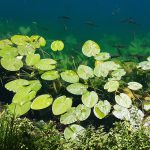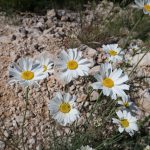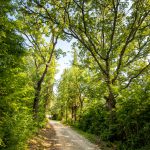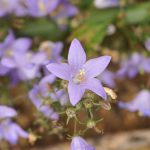Forests
In addition to creating conditions for the preservation and development of biodiversity, forests contribute to a complete experience of the landscape, in an area of contrasts between bare rock, the flow of the river, and the sea.
The area of the Park is located at the transition from the evergreen Mediterranean vegetation zone to the sub-Mediterranean deciduous zone and abounds in varied forest communities. The most important ones will be listed.
Forests of downy oak and oriental hornbeam (Querco-Carpinetum orientalis H-ić 1939) develop in conditions of a moderately warm climate with gentle slopes and plateaus. The community is located in red and black soils on top of limestone. It is most often developed in the form of low forests and thickets, while tall forests are rare. The characteristic woody species of this community are downy oak (Quercus pubescens), Oriental hornbeam (Carpinus orientalis), flowering ash (Fraxinus ornus), Montpellier maple (Acer monspessulanum), and service tree (Sorbus domestica). The most beautiful stand in the Park area is located in the vicinity of Stinice.
The holm oak and manna ash forest (Fraxino orni-Quercetum ilicis H-ić 1958) develops in an area between evergreen and deciduous vegetation. Along with holm oak (Quercus ilex) and flowering ash (Fraxinus ornus), the floral system includes the strawberry tree (Arbutus unedo), tree heather (Erica arborea), downy oak (Quercus pubescens), and Oriental hornbeam (Carpinus orientalis). The forest occupies only small areas, in different stages of degradation, and the most beautiful stands are located at the sites of Mačkovica and Obla glava.

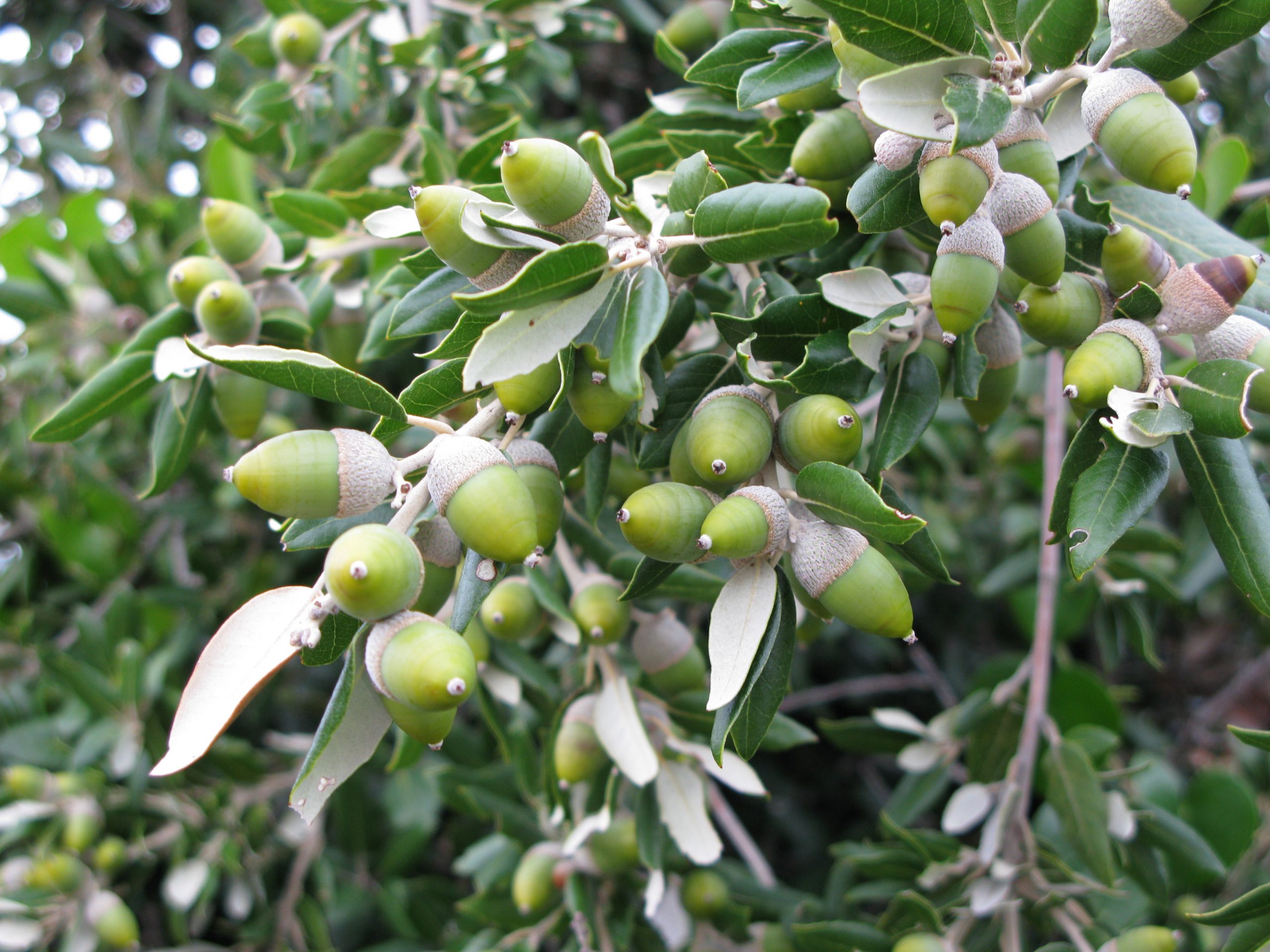
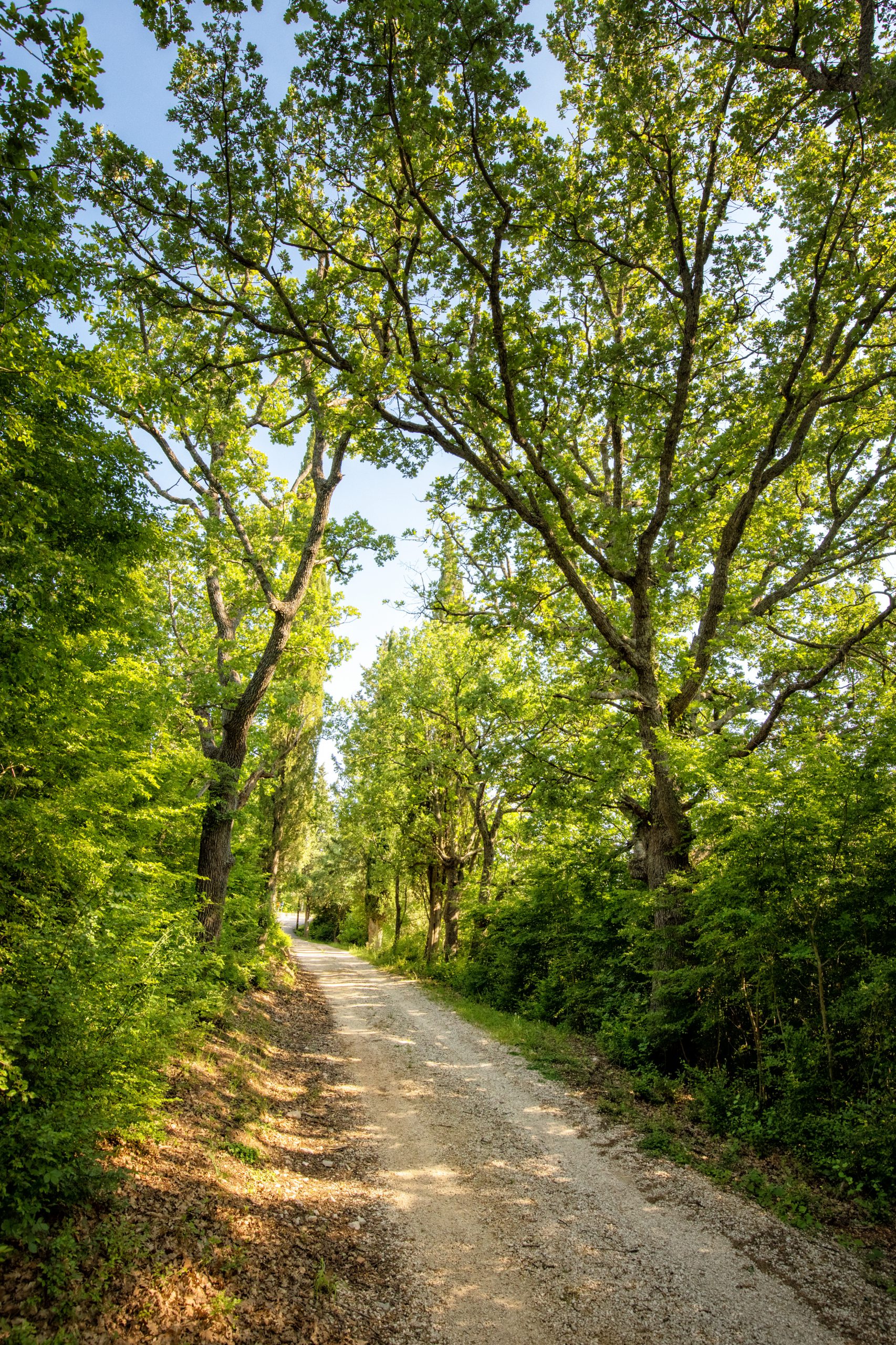


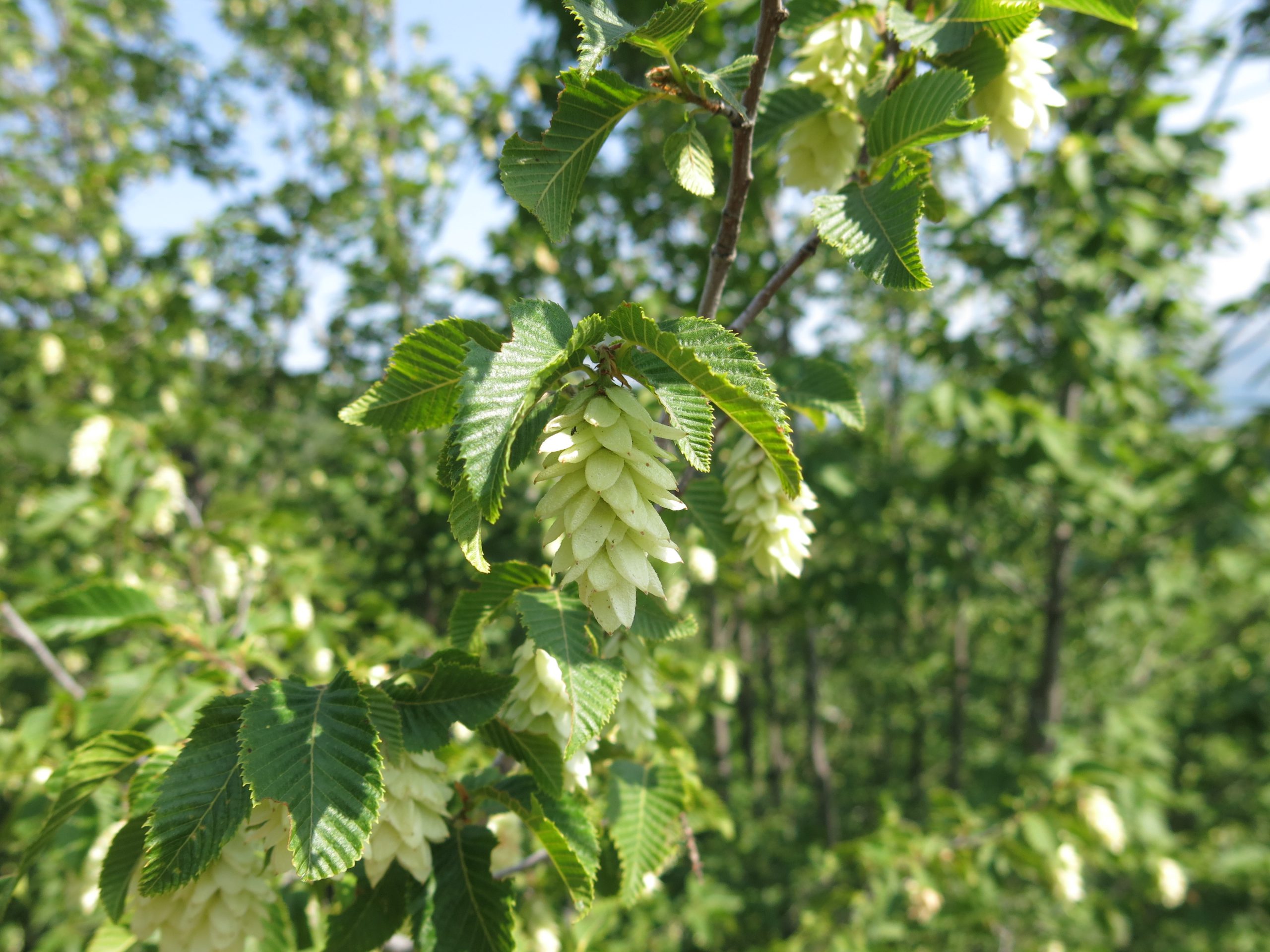
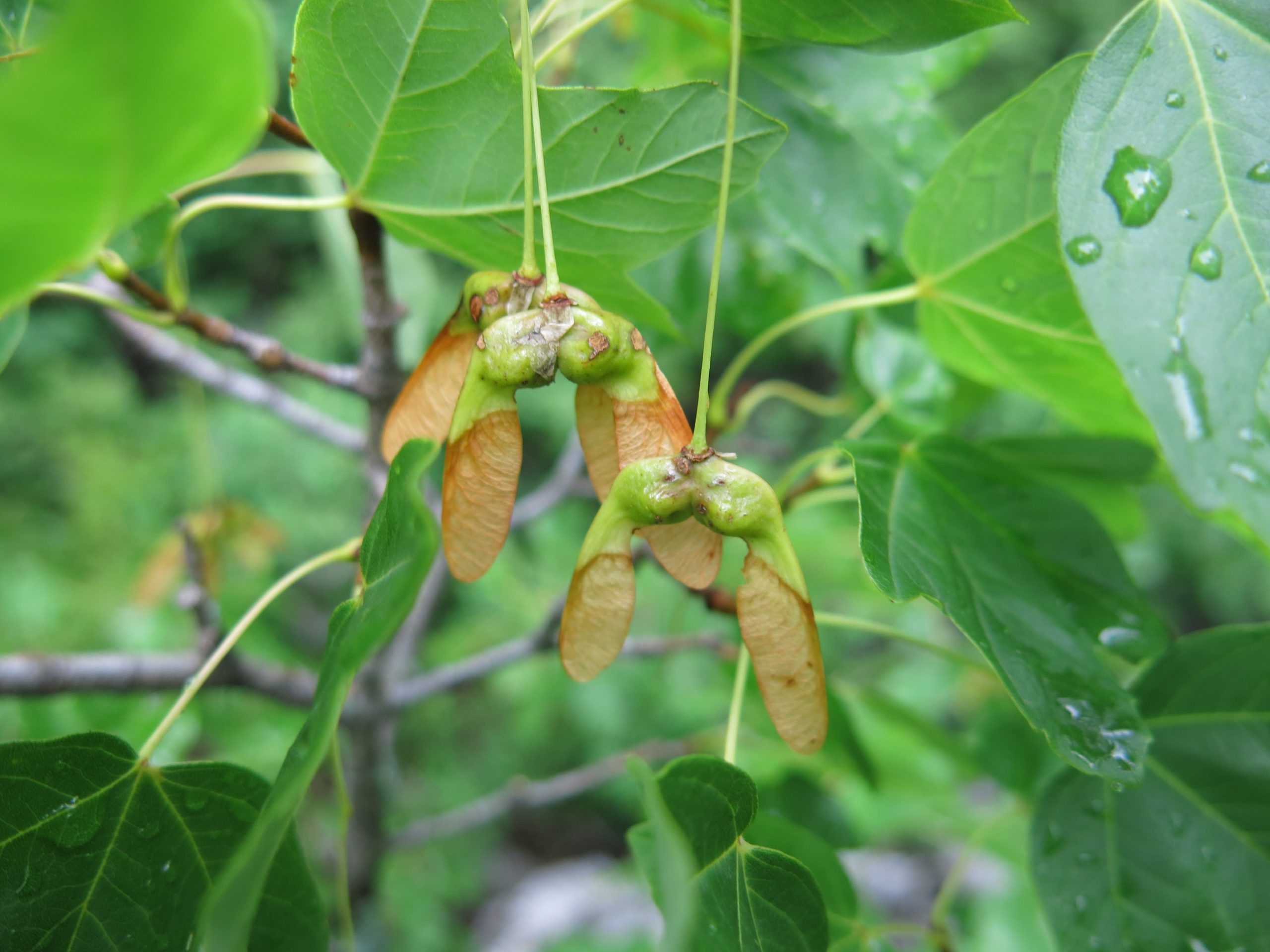
A forest of downy oak and hop hornbeam (Ostryo-Quercetum pubescentis Ht. 1938), in which downy oak (Quercus pubescens) and hop hornbeam (Ostrya carpinifolia) are joined by manna ash (Fraxinus ornus), Italian maple (Acer obtusatum), Montpellier maple (Acer monspessulanum), rowan (Sorbus aucuparia), and whitebeam (Sorbus aria), is located in the area of the canyon and north of Roški slap at the lowest positions and most gentle slopes.
Flooded and moist forests of the class Salicetea purpureae develop along river valleys, where there is an abundance of moisture in the air and soil. The floral composition is dominated by the narrow-leaved ash (Fraxinus angustifolia), black alder (Alnus glutinosa), and the field elm (Ulmus minor), with an admixture of the grey willow (Salix cinerea) and alder buckthorn (Frangula alnus).
In terms of the forest communities, the area of the Park is dominated by forests of Aleppo pine (Pinus halepensis) and Austrian pine (Pinus nigra). In old planted stands, the Aleppo pine, together with the cypress (Cupressus sempervirens), has developed a rich layer of autochthonous surrounding deciduous and evergreen shrubs and ground growth. Young and middle-aged stands of Aleppo pine were created by spontaneous expansion to the north along the canyons, occupying steep and desolate slopes, as well as burned areas in the broader area of the Park. Target habitat types for the ecological network include floodplain mixed forests of Quercus robur, Ulmus laevis, Ulmus minor, Fraxinus excelsior or Fraxinus angustifolia (91F0), evergreen forests of holm oak (Quercus ilex) (9340), and Mediterranean maquis dominated by juniper Juniperus spp. (5210).

